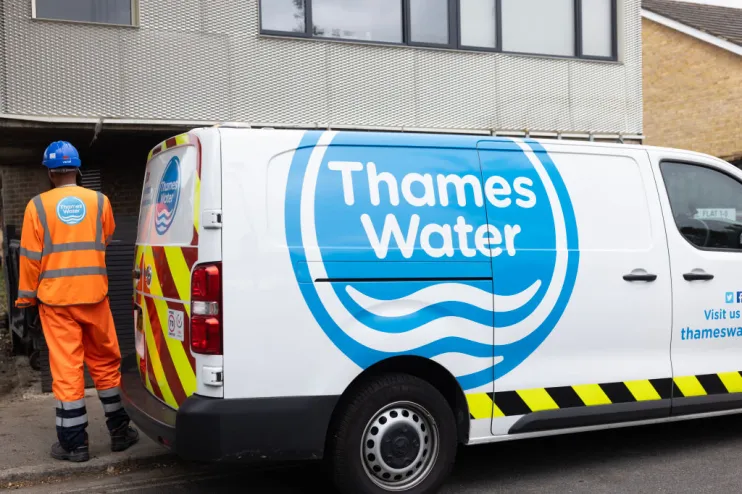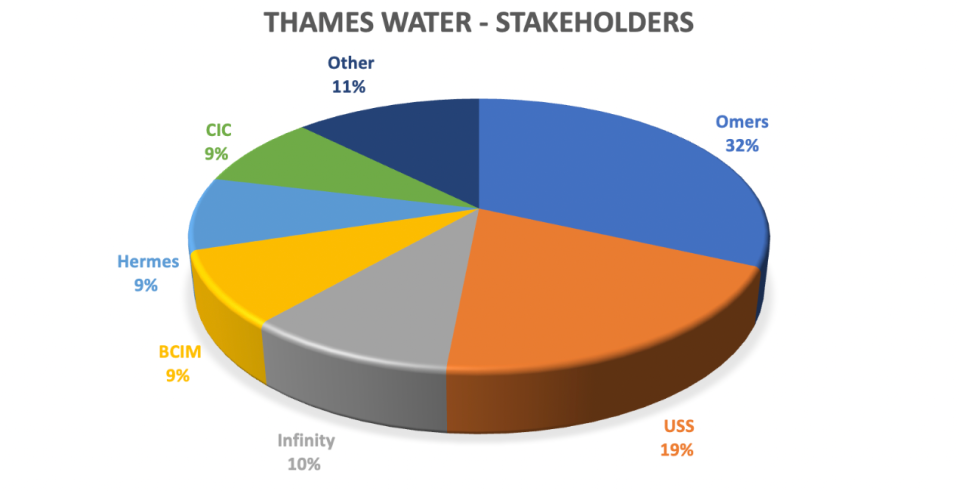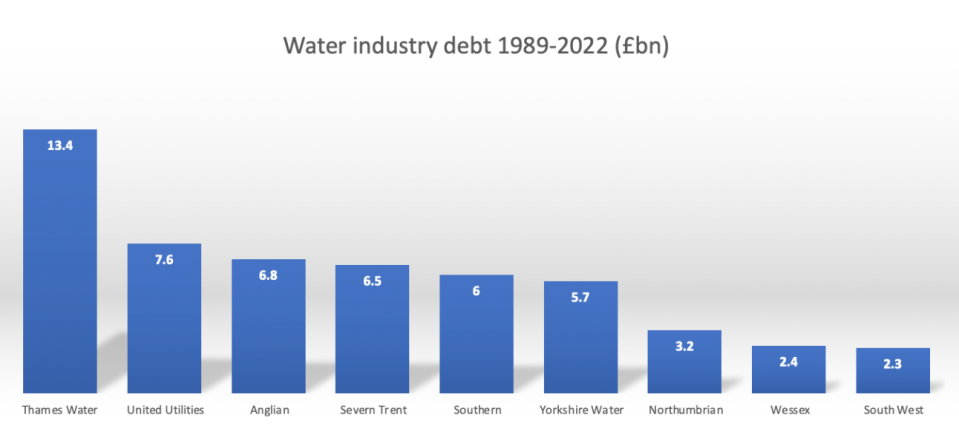Thames Water taps shareholders for extra £750m in bid to avert collapse

Debt-laden Thames Water has secured an extra £750m of equity funding from shareholders, as the firm races to avoid nationalisation.
The UK’s largest water supplier – which provides water to over 15m customers – insisted it “maintains a strong liquidity position,” this morning, as ministers and watchdog Ofwat continue to discuss bringing it under public ownership.
In an attempt to shore up its balance sheet amid a £14bn debt pile, the crisis-hit firm has been making desperate attempts to raise additional cash over the last few months, having previously raised £500m in March.
Thames Water said that the funding secured today was the “largest equity support package ever seen in the UK water sector and underscores our shareholders’ commitment to delivering Thames’ turnaround.”
It argued the latest funds should not be viewed as a paring back of support as “£750m is also the maximum we can feasibly spend over the next two years of this regulatory settlement period within our current delivery capacity”.
However, the latest flow of cash into the company is still less than Thames Water has been hoping to secure from investors – with regulator Ofwat revealing it was aiming to generate £1.5bn in funds from its stakeholders, meaning the supplier is still £250m short of its investment goal.
There is also the prospect of Thames Water returning to shareholders for more cash in the future, as it still needs £2.5bn it would need to cover operating costs from 2025-2030 .
Cathryn Ross and Alastair Cochran, interim co, said today: “Since June 2022, we have engaged constructively with shareholders, working towards a common goal of developing a long term, comprehensive, financeable and enduring business plan for the company to improve operational performance and financial resilience for the benefit of our customers and the environment.”
“The substantial equity support package announced today will underpin the delivery of a more focused turnaround plan that builds on the foundations that have been put in place over the last two years and focuses expenditure on a smaller number of initiatives, which will deliver material and sustainable improvements in key performance metrics over the next three years.”

Thames Water woes underline industry issues
The latest fundraise comes as the firm announced its full-year results, revealing it had met only 55 per cent of its annual performance commitments and had paid no dividends in its last financial year.
These commitments involve meeting investment targets, upgrading its creaking infrastructure, improving customer service, and tackling sewage leaks.
While it confirmed gross profits of £1.1bn over the 12 months, it made an underlying loss after tax of £132.3m.
It also announced its debt gearing remains the highest in the industry at 77.4 per cent.
The company’s accounts also show that Thames Water has spent £476.5m servicing its debts over the year to 31 March. It made an underlying loss after tax of £132.3m.
Rising interest rates have pummelled Thames, hiking up the cost of its debt repayments, as the company also faces scrutiny over huge dividend payments – totalling £1.4bn in 2022.
It has been under particular pressure after the shock departure of chief executive Sarah Bentley in late June, who stepped down after giving up her bonus over sewage spills.
Any turnaround in the businesses prospects would follow an extended period of poor performance and ongoing fury over sewage leaks and dumping.
The firm’s financial difficulties comes amid growing concern over the financial stability of the entire sector, with Southern Water, SES Water, Portsmouth Water and Yorkshire Water also in the spotlight.
It is an industry-wide problem.
At the same time, suppliers are under pressure to bolster service performance following years of weak investment in infrastructure that has led to widespread anger over leaks and sewage dumps into rivers and the sea.
On Friday, Southern Water revealed it would not be paying dividends until at least 2025 following a further credit rating downgrade
